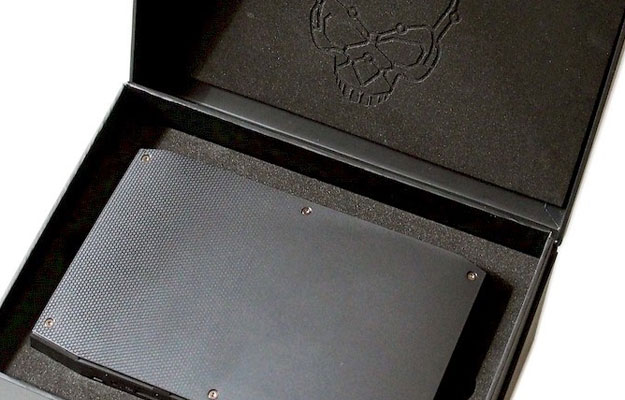Intel Ghost Canyon X NUC Rumored With 8-Core, 16-Thread Core i9 CPU

It's pretty amazing how much computing power manufacturers can cram into increasingly smaller enclosures these days. Intel's Next Unit of Computing (NUC) line is one of the better representations of this, as its pint-sized Hades Canyon NUC wields an 8th generation Core i7-8809G quad-core processor with AMD Radeon RX Vega M GH graphics. Looking ahead, a leaked roadmap reveals Intel is prepping a new NUC, one that will feature up to an 8-core/16-thread CPU inside.
Whether in a tower desktop or a tiny system like the NUC, having 8 cores and 16 threads at your disposal allows for some work (or play) to be done. In this case, Intel's Ghost Canyon X NUC, as it is called, will boast quad-core, 6-core, and 8-core mobile 9th generation Core CPU options, otherwise known as Coffee Lake Refresh H.
According to the leaked roadmap, Intel will launch its 6-core and 8-core Ghost Canyon X NUCs with Core i9-9xxxH processors inside by the end of 2019 and into 2020. Both will feature a pair of M.2 slots for fast storage (one is likely to be occupied with a wireless card), two DDR4 memory slots supporting up to 64GB of RAM, HDMI 2.0s output, a pair of Thunderbolt 3 ports, and various USB ports on the front and back.
Both of the Core i9-9xxxH processors are listed as being 45W chips. For graphics, the roadmap indicates integrated Intel UHD Graphics, along with an optional PCI Express x16 slot. All of these specs are subject to change, of course, and that's assuming they're legitimate in the first place.
One thing that's interesting is the HDMI designation—the roadmap shows Intel using HDMI 2.0a, even though some existing NUCs offer HDMI 2.0b connectivity. That said, there's not much difference between HDMI 2.0a and 2.0b—the main difference is the latter adds support for Hybrid Log Gamma (HLG), an HDR standard that isn't widely used (compared to HDR10 and Dolby Vision).
It's not clear what price points Intel's upcoming NUCs will land on.


